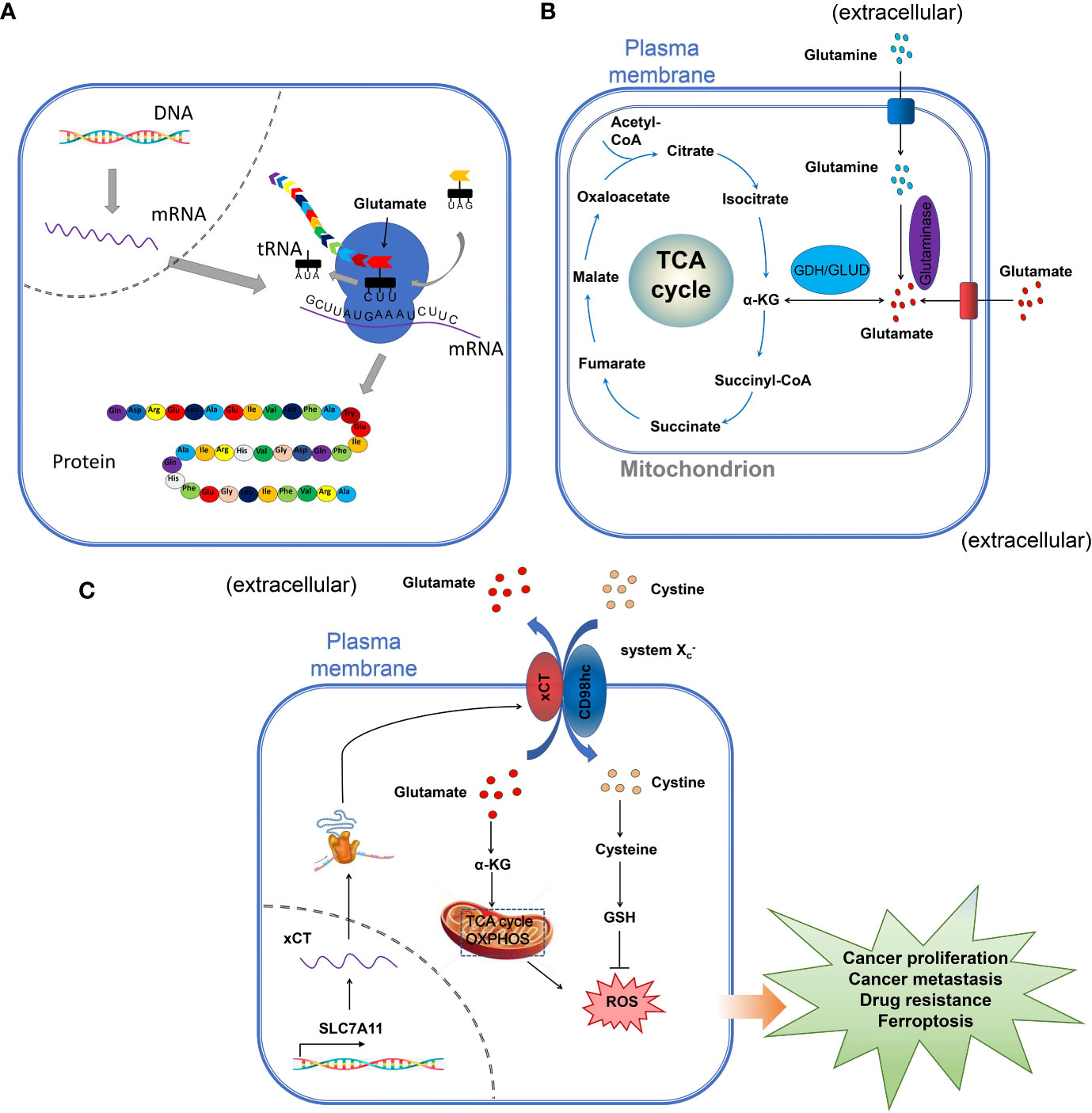Relative Uptake, Metabolism, and β-Receptor Binding of (1R,2S)-4
Por um escritor misterioso
Last updated 29 maio 2024

The objective of the study was to compare relative uptake, metabolism, and β-receptor affinity of the new positron-emitting uptake-1 tracer (1 R ,2 S )-4-18F-fluorometaraminol (4-FM) with those of the SPECT pharmaceutical meta-123I-iodobenzylguanidine (MIBG) in Wistar Kyoto (WKY) rats and spontaneously hypertensive (SHR) rats. Methods: No-carrier-added 4-18F-FM was applied to SHR and WKY rats in vivo and to retrogradely perfused hearts in vitro. Cardiac and extracardiac distribution was assessed, and metabolite formation was determined by thin-layer chromatography. The in vivo experiments were repeated with no-carrier-added 123I-MIBG. By means of autoradiography, the β-receptor affinity of 4-FM was compared with that of MIBG and propranolol (10 μmol/L) through displacement of 125I-iodocyanopindolol (1.5 pmol/L) in slices of heart and spleen. Results: Cardiomyopathic hearts showed heterogeneous 4-18F-FM uptake with gradients up to 3.6 in vivo and in vitro between different regions of the heart. Control hearts showed such gradients in 4-18F-FM uptake only in vitro. 123I-MIBG exhibited a less heterogeneous in vivo distribution in SHR hearts. Extracardiac differences between WKY and SHR were found for uptake of 4-18F-FM in the spleen (63.3% ± 4% vs. 38.8% ± 5.7% of cardiac activity) and for renal uptake of 123I-MIBG (373% ± 27% vs. 81.4% ± 17% of cardiac activity). Metabolites of 4-18F-FM were found only in the liver and those of 123I-MIBG were found in the liver and kidney with a nearly equal relative fraction in both types of animals of about 20%, 60%, and 30%, respectively. 4-FM suppressed cardiac-specific β-receptor binding of 125I-iodocyanopindolol in heart and spleen of both types of animals significantly, whereas MIBG had almost no effect. Conclusion: The more heterogeneous cardiac distribution of 4-18F-FM suggests that it reflects alterations in uptake-1 better than 123I-MIBG in addition to the possibility of quantification and higher spatial resolution by PET compared with SPECT. Altered biotransformation in cardiomyopathic diseases may also impair the evaluation of 123I-MIBG-SPECT data. The β-receptor binding of 4-18F-FM must be further elucidated.

IJMS, Free Full-Text

Uptake of E1S from the blood by organic anion transporting polypeptides

Hexokinase 1 cellular localization regulates the metabolic fate of glucose - ScienceDirect

Frontiers The role of glutamate receptors in the regulation of the tumor microenvironment

How can I measure brain acetylcholine levels in vivo? Advantages and caveats of commonly used approaches - Mineur - 2023 - Journal of Neurochemistry - Wiley Online Library

Arrestin-Dependent and -Independent Internalization of G Protein–Coupled Receptors: Methods, Mechanisms, and Implications on Cell Signaling

Metabolism and epigenetics at the heart of T cell function: Trends in Immunology

Mechanisms of COVID-19 pathogenesis in diabetes American Journal of Physiology-Heart and Circulatory Physiology

G protein-coupled receptor-G protein interactions: a single-molecule perspective
Recomendado para você
-
Rapid Visco Analyzer (RVA) viscoamylogram of djulis starch by the29 maio 2024
-
 Ezequiel 34:8 RVA Mobile Phone Wallpaper - Vivo yo, ha dicho el29 maio 2024
Ezequiel 34:8 RVA Mobile Phone Wallpaper - Vivo yo, ha dicho el29 maio 2024 -
 Baile Reviver com 'Os Mineirinhos' - Fundação Cultural de Casimiro29 maio 2024
Baile Reviver com 'Os Mineirinhos' - Fundação Cultural de Casimiro29 maio 2024 -
Tropicabana RVA, Richmond VA29 maio 2024
-
Mark Whitten will be at Anime Ink this October! Mark is the29 maio 2024
-
 9OT Remix: Top 3 Plays of the week for October 2929 maio 2024
9OT Remix: Top 3 Plays of the week for October 2929 maio 2024 -
 Lançada mais uma edição do projeto Pinheiro Solidário da RVA29 maio 2024
Lançada mais uma edição do projeto Pinheiro Solidário da RVA29 maio 2024 -
 HANUMAN,BHAGWA,HINDU,BHAGWAN,GOD VIVO V23 5G29 maio 2024
HANUMAN,BHAGWA,HINDU,BHAGWAN,GOD VIVO V23 5G29 maio 2024 -
 Imitation of RVA pasting measurement protocol in an oscillatory29 maio 2024
Imitation of RVA pasting measurement protocol in an oscillatory29 maio 2024 -
 The heatmap of RVA or RVC infection compared with control. (A) The29 maio 2024
The heatmap of RVA or RVC infection compared with control. (A) The29 maio 2024
você pode gostar
-
 SCP-2897 - SCP Foundation29 maio 2024
SCP-2897 - SCP Foundation29 maio 2024 -
 Pixilart - Charmander by Bunny-PixelOwO29 maio 2024
Pixilart - Charmander by Bunny-PixelOwO29 maio 2024 -
 Frozen 3: Data de lançamento, enredo e tudo que sabemos29 maio 2024
Frozen 3: Data de lançamento, enredo e tudo que sabemos29 maio 2024 -
 Tottenham News, Fixtures, Rumours, Analysis l Last Word On Football29 maio 2024
Tottenham News, Fixtures, Rumours, Analysis l Last Word On Football29 maio 2024 -
 Moon Knight Issue # 29b (Marvel Comics)29 maio 2024
Moon Knight Issue # 29b (Marvel Comics)29 maio 2024 -
 Platense aprobó su balance con superavit histórico29 maio 2024
Platense aprobó su balance con superavit histórico29 maio 2024 -
 Akame ga Kill! Image by Tashiro Tetsuya #1136375 - Zerochan Anime Image Board29 maio 2024
Akame ga Kill! Image by Tashiro Tetsuya #1136375 - Zerochan Anime Image Board29 maio 2024 -
 Crianças no Banco da Moto apenas com 11 anos? - Autoescola Online - Ronaldo Cardoso29 maio 2024
Crianças no Banco da Moto apenas com 11 anos? - Autoescola Online - Ronaldo Cardoso29 maio 2024 -
 Ari!! (AKA a brat) : r/jaidenanimations29 maio 2024
Ari!! (AKA a brat) : r/jaidenanimations29 maio 2024 -
 Crazy Frog Wall Decal by Wallmonkeys Peel and Stick Graphic (24 in H x 16 in W) WM8198929 maio 2024
Crazy Frog Wall Decal by Wallmonkeys Peel and Stick Graphic (24 in H x 16 in W) WM8198929 maio 2024

